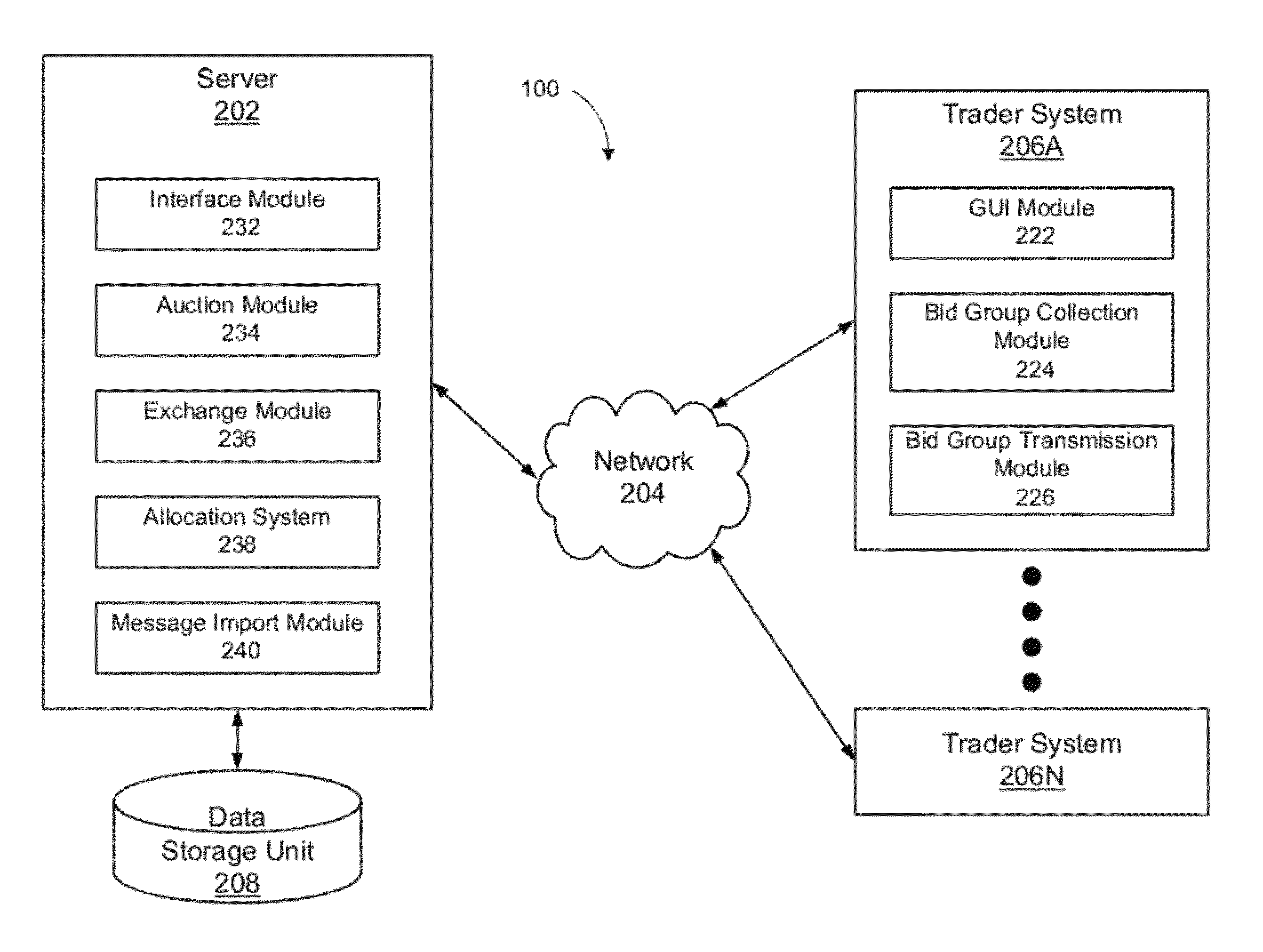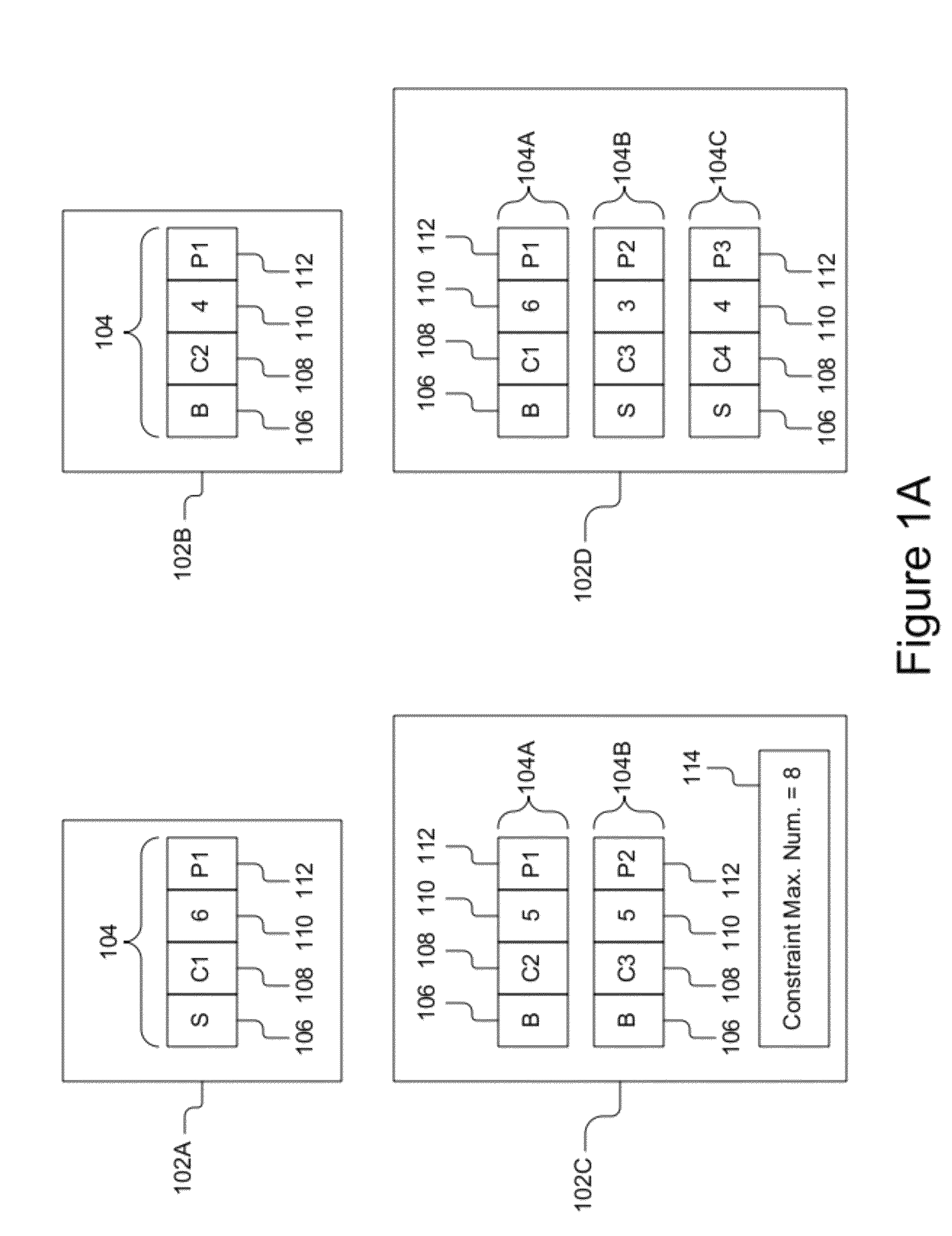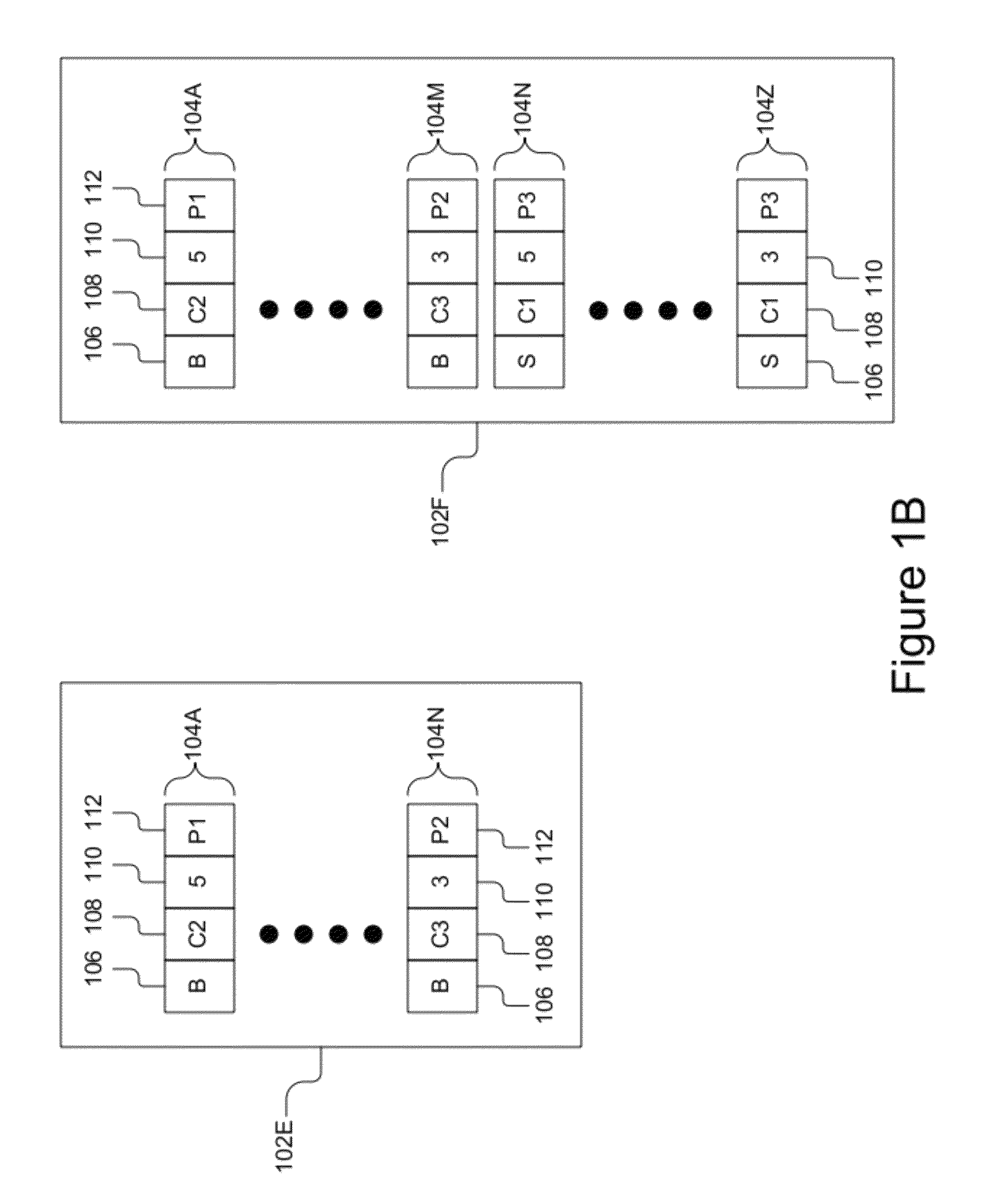Systems and method for incorporating bidder budgets in multi-item auctions
a multi-item, sealed-bid technology, applied in the field of online systems and methods for conducting auctions, can solve the problems of unremarkable but effective auction design, involving weeks of effort, and involving billions of dollars, and achieves the effect of avoiding risk, facilitating bidding, and increasing prices
- Summary
- Abstract
- Description
- Claims
- Application Information
AI Technical Summary
Benefits of technology
Problems solved by technology
Method used
Image
Examples
examples
[0079]Quantities: The most common next step in auction complexity is extension to multiples of the item. In that case, the message space must be at least expanded to allow for a statement of price and quantity. But what if a bidder has interest in varying quantities at different prices? Perhaps he is a buyer of used cars at wholesale. A seller has 100 2006 Toyota Camry's of a certain quality grade for sale. This buyer needs to fill his retail lot with 3 cars, but if the price is favorable enough, he has room in storage for 7 more cars. He thinks a fair price is $10,000 so he will bid that for 3 Camry's, but at $9000, he would buy 7 more for storage.
[0080]If the message space provided by the auction design only allowed for one price / quantity bid, this buyer would be unable to express his preference. He would probably put in a bid for 3 Camry's at $10,000. But if there were an oversupply in the auction and the price was actually $8500, he would have been disappointed to not buy the ot...
PUM
 Login to View More
Login to View More Abstract
Description
Claims
Application Information
 Login to View More
Login to View More - R&D
- Intellectual Property
- Life Sciences
- Materials
- Tech Scout
- Unparalleled Data Quality
- Higher Quality Content
- 60% Fewer Hallucinations
Browse by: Latest US Patents, China's latest patents, Technical Efficacy Thesaurus, Application Domain, Technology Topic, Popular Technical Reports.
© 2025 PatSnap. All rights reserved.Legal|Privacy policy|Modern Slavery Act Transparency Statement|Sitemap|About US| Contact US: help@patsnap.com



